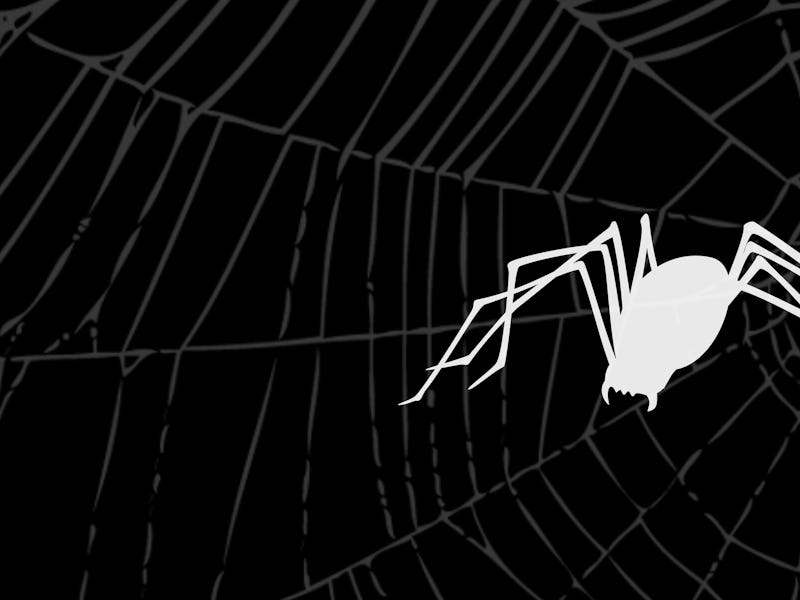Climate change is making a social spider more aggressive
The climate crisis could become an arachnophobe's nightmare.

If the climate crisis wasn’t already terrifying enough, in August 2019 scientists upped the ante. If things keep going the way they’re going, a naturally friendly spider could start becoming more aggressive.
This arachnophobe’s nightmare, described in an August Nature Ecology and Evolution paper, centers around the Anelosimus studiosus, a social spider that lives on the Gulf Coast.
This is #19 on Inverse’s 25 most WTF science stories of 2019.
These spiders are surprisingly cooperative. The female spiders hunt in packs, and all the spiders live in group webs and occasionally rear each other’s children. It takes a village, after all. But an increase in tropical storms in their habitat may change these friendly behaviors, leading the spiders to revert to a more hostile way of life.
*Anelosimus studiosus* a social spider that may be becoming hostile thanks to the climate crisis.
Jonathan Pruitt, the study’s lead author and associate professor at University of California, Santa Barbara, told Inverse at the time that already, some of these tend to be more aggressive than others.
The aggressive spiders attack each other’s webs, are more wasteful with their prey, and attack one another. They also happen to be better at foraging for food.
These traits appear to have a genetic underpinning, and more tropical cyclones are selecting for these aggressive spiders, Pruitt said. He put this idea to the test by studying 240 spider colonies before and after Hurricane Florence in the fall of 2018. After the hurricane, about 75 percent of each colony survived, but the spiders with more aggressive foraging tendencies were producing more egg cases.
Over time, this could lead webs to reach a “behavioral tipping point”, he said, where the aggressive spiders make up the majority of the species.
“If tropical cyclones start striking some regions all of the time (e.g., annually), then we might see this species revert back to is ancestral solitary state, where females no longer work together and they go it alone,” Pruitt said.
As 2019 draws to a close, Inverse is counting down the 25 science stories from this year that made us say “WTF.” Some are incredible, some are icky, and some are just plain strange. This has been #19. Read the original article here.